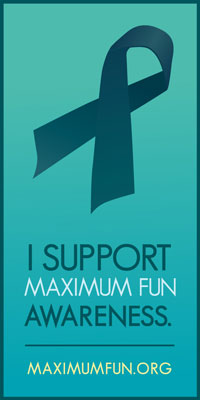This passage from Barth's Church Dogmatics is focused on Christology. He references the above artwork by Matthais Grünewald, specifically the nativity scene. He also references the scene of the crucifixion from the same artwork, and I have included that at the bottom of the post for reference. Clicking on either of them will allow you to see the larger version of the files.
This condition under which alone Christology is possible takes visible form in the main picture on the altar at Isenheim by M. Grünewald. Its subject is the incarnation. There are three things to be seen in the picture, and it is difficult to say where the observer should begin. In the background upon the heights of heaven, beyond earth’s highest mountains, surrounded by innumerable angels, there is God the Father in His glory. In the foreground to the left there is the sanctuary of the old covenant. It also is filled with and surrounded by angels, but inexorably separated from the background by an immensely high, gloomy partition. But towards the right a curtain is drawn back, affording a view. And at this point, at the head of the whole world of Advent looking to see the Messiah, stands Mary as the recipient of grace, the representative of all the rest, in adoration before what she sees happening on the right side. Over there, but quite lonely, the child Jesus lies in His mother’s arms, surrounded with unmistakable signs reminding us that He is a child of earth like all the rest. Only the little child, not the mother, sees what is to be seen there, the Father. He alone, the Father, sees right into the eyes of this child. On the same side as the first Mary appears the Church, facing at a distance. It has open access on this side, it adores, it magnifies and praises, therefore it sees what is indeed the glory of the only-begotten of His Father, full of grace and truth. But it sees only indirectly. What it sees directly is only the little child in His humanity; it sees the Father only in the light that falls upon the Son, and the Son only in this light from the Father. This is the way, in fact, that the Church believes in and recognises God in Christ. It cannot run over to the right side, where the glory of God can be seen directly. It can only look out of the darkness in the direction in which a human being is to be seen in a light, the source of which it cannot see itself. Because of this light streaming down from above, it worships before this human being as before God Himself, although to all visual appearance He is literally nothing but a human being. John the Baptist too, in Grünewald’s Crucifixion, can only point—and here everything is bolder and more abrupt, because here all indication of the revelation of the Godhead is lacking—point to a wretched, crucified, dead man. This is the place of Christology. It faces the mystery. It does not stand within the mystery. It can and must adore with Mary and point with the Baptist. It cannot and must not do more than this. But it can and must do this.
Karl Barth et al., Church Dogmatics, Volume I: The Doctrine of the Word of God, Part 2 (Translation of Die kirchliche Dogmatik.; Each pt. also has special t.p.; Includes indexes.;Edinburgh: T. & T. Clark, 2004), 125.





0 comments:
Post a Comment